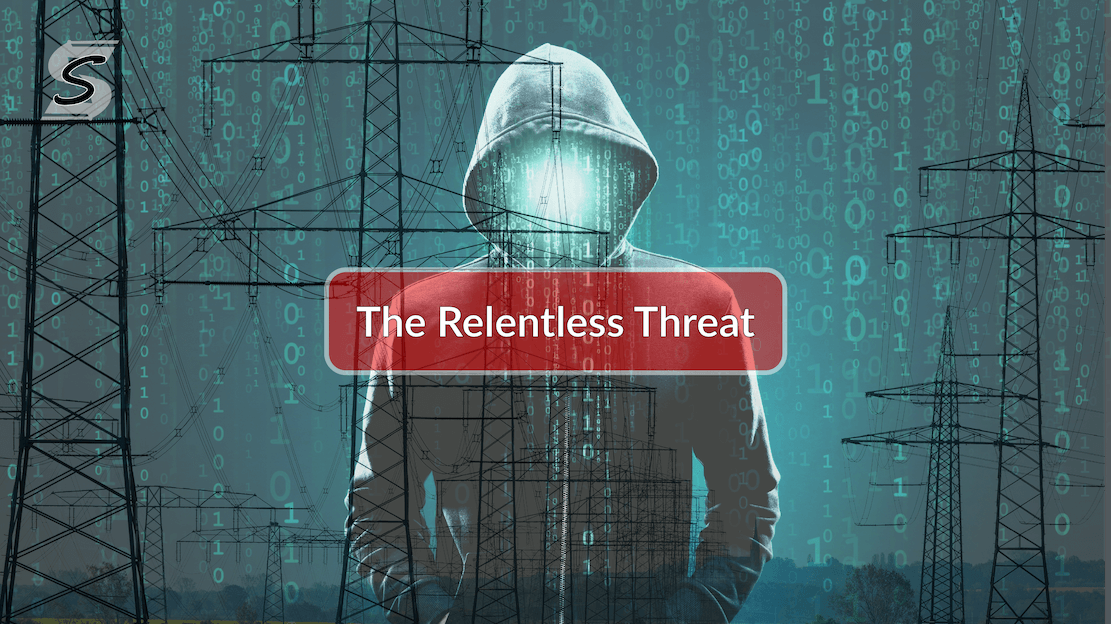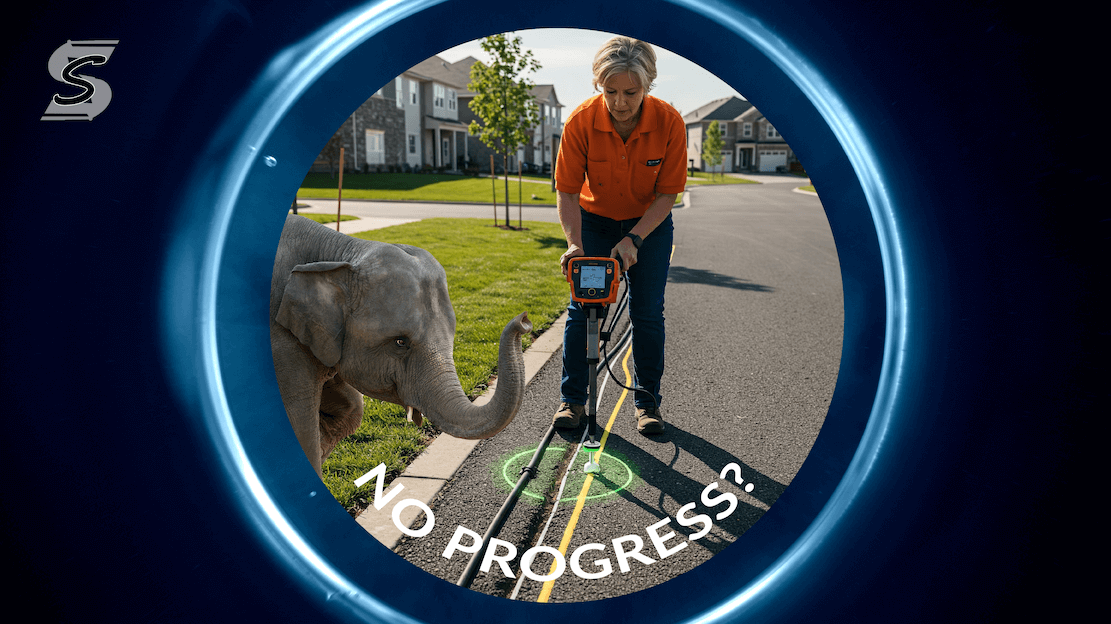How to Have Zero Utility Strikes: Key Insights from an Essential Video
Utility strikes are not only dangerous but also costly and disruptive. Preventing them should be a top priority for anyone involved in excavation or digging activities. Recently, I came across an informative video that outlines crucial steps to ensure safety and proper protocol in the event of a utility strike. Here’s a detailed summary and my thoughts on how these practices can lead to zero utility strikes.
Ensuring Safety First
The first priority after any utility strike is to secure the scene and ensure everyone's safety. Whether you've hit a primary cable or a gas line, it's vital to assess the situation immediately. If a primary cable is struck and de-energized, it's crucial to verify its status. In the case of a gas line strike, evacuate the area promptly and contact emergency services by calling 9-1-1. Securing the excavation site to prevent further disturbances is essential before documenting the incident.
Documenting the Site
Once the scene is safe, documentation is the next critical step. This involves:
- Taking photos from all four directions (north, south, east, and west).
- Recording videos to capture a comprehensive view of the site.
- Measuring and showing the distance between the strike and any locate markings or flags.
- Utilocate is perfect for these things
If the utility is deep in the hole, it's important to show the horizontal distance at ground level. Using tools like a hit kit or a tape measure ensures accurate documentation, which is vital for any future legal or repair cost disputes.
Pre-Digging Examination
The best way to handle a utility strike is to prevent it from happening in the first place. Before starting any digging project, thoroughly examine the area for clues that might indicate the presence of utilities. Look for meters, comp heads, risers, or manhole covers. Even if there are no visible locate marks or flags, these indicators can provide valuable information about what lies beneath the ground.
Adhering to State Laws
Following state laws and guidelines for utility locating is paramount. These regulations are designed to prevent accidents and ensure safety. Striking a utility like a gas line, primary cable, or fiber line can lead to severe injuries and significant repair costs. Compliance with these laws is the most effective way to avoid such incidents.
Importance of Proper Documentation
In cases where a utility strike occurs due to a miss or unmarked utilities, proper documentation is crucial. Utility owners may contact the company months later with repair bills. The documentation collected at the time of the strike can protect the organization from messy legal disputes and financial liabilities.
Conclusion
Achieving zero utility strikes is possible with diligent preparation, adherence to safety protocols, and thorough documentation. By following the steps outlined in the video, we can significantly reduce the risk of utility strikes and ensure a safer working environment. Remember, the key to preventing utility strikes starts with careful planning and vigilance. For anyone involved in excavation or utility work, I highly recommend watching the full video and implementing these best practices to maintain safety and efficiency on the job.







